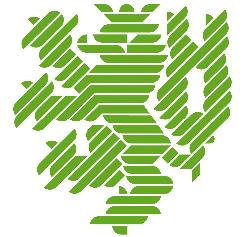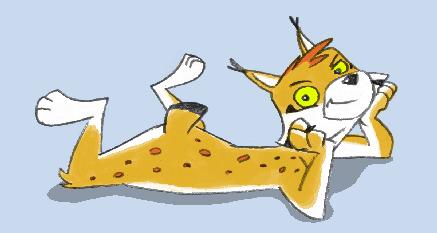
|
Bergische Universität Wuppertal
|

|
|

|
Bergische Universität Wuppertal
|

|
|
|
Materialien für Interessierte zum Vortrag am
Die Zielgruppe sind Schüler ab der 11. Klasse. |

Aus Anlass der Fussball-Weltmeisterschaft in Russland 2018 wollen wir den Fussball aus mathematischer Sicht betrachten. Wir wollen in diesem Vortrag untersuchen, wie man das Fussballspiel modellieren kann und inwieweit man das Ergebnis vorhersagen kann.
Text

|